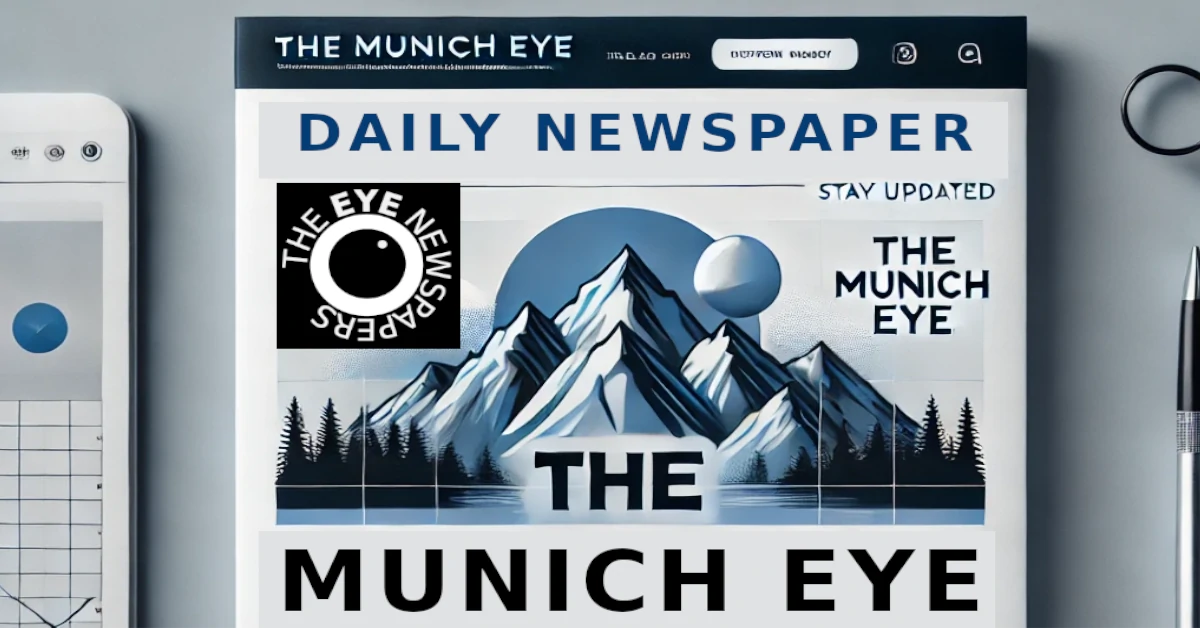Bussiness
Why Are We Still Talking About The Business Case For Diversity

Legs of businessman in suit walking to work in the morning
The business case for diversity is not new. It has been around for decades. Diversity, equity and inclusion (DEI) leaders have been sharing the same business case for years. It has been demonstrated time and again that diverse-led organizations are:
- Thirty-nine percent more likely to outperform those lacking diversity
- Twelve times more likely to engage and retain employees
- Nearly eight and a half times more likely to inspire a sense of belonging
- Eight and a half times more likely to satisfy and retain customers
ADVERTISEMENT
I interviewed Ken Janssens, co-founder and head of social impact at Windō, a platform that provides a clear and open dashboard where Gen-Z can compare everything from LGBTQ+ board representation to company mental-health initiatives. In our interview, Ken said, “There is a high correlation between business performance and diversity. As a leader at JP Morgan leading a team of 300 people, I saw it firsthand. Focusing on DEI does not take away from business, it adds to it. There is no evidence to support that DEI detracts from business.”
Yet, there continues to be a false narrative that diversity somehow distracts leaders from business. Consider these commonplace excuses:
- “Diversity is important, but business comes first.”
- “All this DEI distracts people from getting their work done.”
- “DEI is political and can polarize our workforce.”
These excuses are not based on facts. They’re based on emotions and a lack of understanding about what DEI work is and what it is intended to accomplish.
People Fear What They Do Not Understand Yet
ADVERTISEMENT
DEI work is about ensuring the workforce is prepared to meet the needs of future consumers and communities that will be more diverse. As with any change, that takes time.
Janssens commented, “DEI is hard work and people are impatient. A lot of DEI programs started in 2020 with Black Lives Matter, and that is not going to change quickly. The global companies that have been doing this a long time—KPMG, Nike, Microsoft—are just now starting to see progress.”
For example, at KPMG, they have extensive reporting across each diverse group, which helps leaders be more transparent and accountable. Nike and Microsoft also break down their data by leadership role to show the gains they have made at increasing ethnic diversity and women in senior leadership roles. By showing the gains in representation and business performance, leaders can better understand that DEI work helps rather than hinders business.
Diversity Data Is Often Not Measured or Shared Transparently
Janssens recommends, “Ideally, organizations need to have diversity representation data, equity pay gaps by dimensions of diversity and employee opinion results broken down by diverse groups. That data can be used to tell a story about who is included in the workforce and how the workforce is reflecting or not reflecting the populations the organization intends to serve.”
ADVERTISEMENT
It is rare that organizations have this level of granularity in their DEI data. Instead, organizations often focus on activities or goals instead of the results. In order to pivot the conversation forward from proving the business case, leaders need to demonstrate the business case over time. Consider these questions to show the business case for diversity over time:
- How does DEI help us achieve our performance goals?
- What business problem is DEI helping us solve?
- If we no longer do DEI work, what will we lose?
Once leaders know the metrics that help answer these questions, it is critical to report them on a regular basis and hold leaders accountable to them. The need for diversity work is only increasing. According to Janssens, “Eighty-three percent of Gen-Z reviews DEI data on company websites before deciding to apply. They want to see more than vague promises; they want to see the programs and the initiatives, and [they want to see] backed up by data how it is improving over time. DEI is long-term and data does not change significantly year over year, but if you show five or more years, you can see the long-term trend.”
DEI work is not going away. The business case needs to be proactively communicated and measured over time to quiet the naysayers and keep the work alive.









/cdn.vox-cdn.com/uploads/chorus_asset/file/24100829/226345_Nest_Doorbell_wired_JTuphy_0006.jpg)
